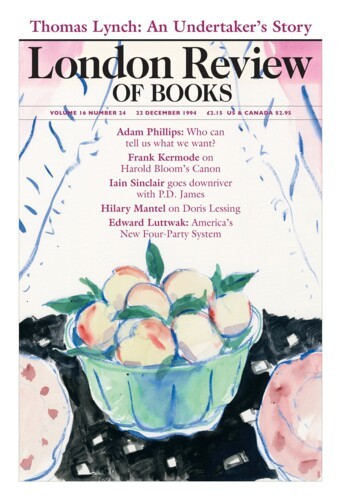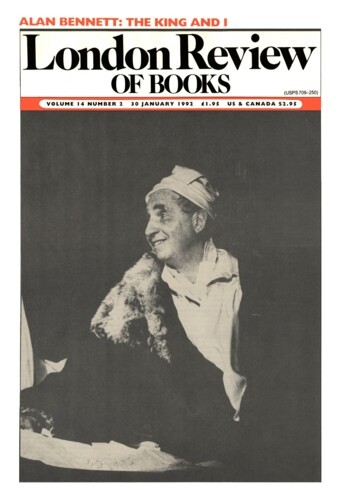Is Quebec Crying Wolfe?
Peter Clarke and Maria Tippett, 22 December 1994
After Napoleon won the battle of Waterloo, the former British colonies went to France. In due course, Australia was opened up by French settlement, with a British cultural residue which remained long after the new nation’s independence. Only in New South Wales did a British community survive in appreciable numbers. Sydney, to be sure, became impressively bilingual, with the French élite long occupying the smart area of the city; but the bulk of the Anglophone population remained monoglot and showed a stubborn resistance to assimilation. Cultural links with Britain were one way of maintaining a sense of identity, which easily spilled over into politically sensitive assertions of independence. Hence the enormous fuss when a visiting British leader publicly endorsed the separatist slogan, ‘Free New South Wales’.


